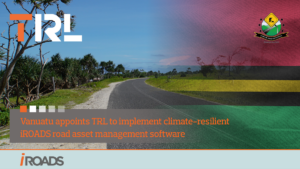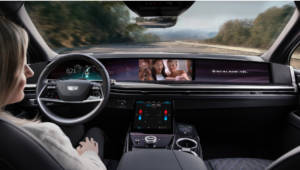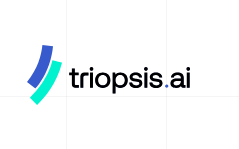PTV have conducted a thorough analysis of Seoul’s 3D mobility concept that proposes innovative solutions to combat traffic congestion and enhance transportation efficiency.
Seoul Metropolitan Area stands as the bustling heart of South Korea, home to a staggering population of 26 million and ranking among the world’s most densely populated cities. Despite its robust transportation infrastructure comprising subways, light railways, and buses, population growth and urban expansion has outpaced the capacity of the current system, exacerbating traffic congestion.
A new 3D mobility concept aims to alleviate traffic congestion and establish an efficient transportation system by augmenting the existing 2D road network with innovative modes of travel, tapping into the sky and the iconic Han River.
The main components of 3D mobility concept include:
- UAM (Urban Air Mobility): Small electric aircraft for urban air travel
- River Bus: Waterborne public transportation using the Han River
- Cable Car: Aerial cable connection linking major transportation hubs and tourist attractions
The successful introduction of these new metropolitan transportation modes necessitates employing a robust traffic demand analysis model. Leveraging our extensive experience with PTV Software, our team at TOMMs undertook a comprehensive analysis encompassing travel demand, feasibility studies, and a microscopic simulation model for Seoul’s New Mobility initiative.
To ensure accurate assessments, we utilized our expertise in PTV Visum to build a comprehensive traffic model of the Seoul metropolitan area.
Encompassing 1,659 traffic zones, 197,742 links, and 88,435 nodes, this model meticulously integrates public transportation routes and time profiles, incorporating GIS data from 3,744 bus routes and 1,156 urban railway routes.
Establishing Origin-Destination (OD) matrices relies on individual behavioral models. To achieve this, we leverage household travel survey data from the Korea Transport Database (KTDB) and socioeconomic indicators from V-World, a public spatial information service platform provided by the Ministry of Land, Infrastructure and Transport.
The results of modeling the network and OD using Visum software, expressed as private car and public transportation traffic volume, and V/C ratio, provide crucial insights.
Based on the Seoul Metropolitan Traffic Model, we present two implementation cases for the 3D Mobility Concept in Seoul. This includes River Bus operations on the Han River, that flows through the center of the city, for alleviating traffic congestion. In addition, the concept encompasses three UAM pilot routes in the sky and a Cable Car serving as a connecting mode of transportation.
Feasibility studies are crucial for the realization of such a concept. To this end, demand analysis for each mode of transportation, the number of vehicles required, and an operation plan were prepared using Visum’s transportation model for the Seoul metropolitan area.
Click HERE for the full story.






















